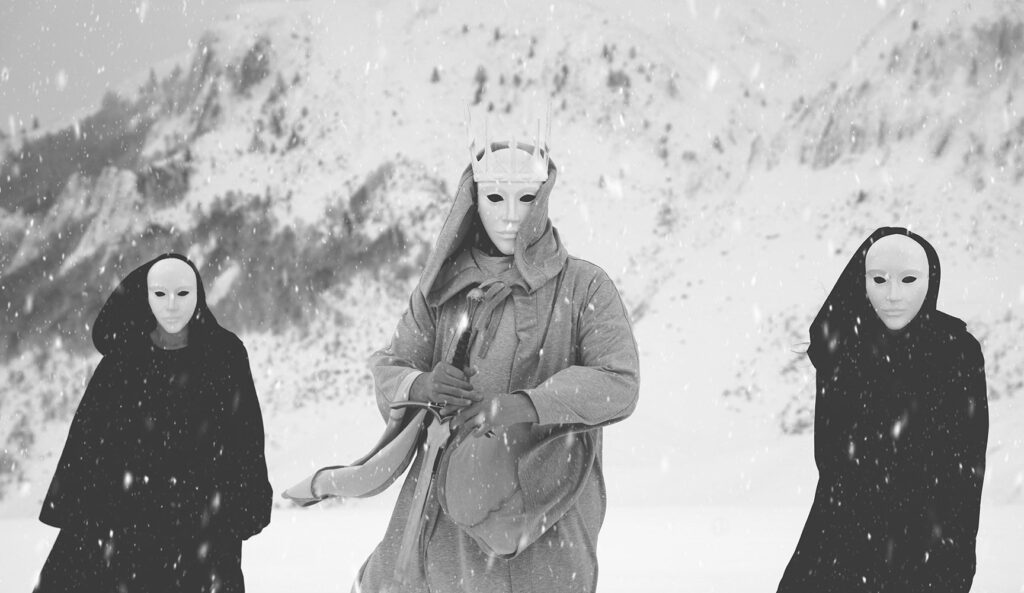Most of my earliest core memories are of finding great joy in taking things apart. As far back as I can remember, taking things apart to learn how they work has been a major motivating factor in my life and my education. It began with my toys, which I would deconstruct with my father’s hand tools. When I got a little older, I started disassembling the broken computers my father brought home from work and reassembling them into working hodgepodge machines from the spare parts. When I got my first electric guitar around the age of eleven, I immediately went at it with a screwdriver, determined to dial in the tone and get it set up to sound its best. When I got my first car in my teens, I was constantly preoccupied with it. I wanted to learn everything I could about the combustion engine. I tweaked and modified parts of the car to suit my own tastes and interests and installed a PlayStation 1 and an LCD screen in the car’s console. As an adult, I turned to computer software, teaching myself about programming and how to observe the code in a piece of software and determine what it was doing and how it could be extended and modified.
Then, in 2016, by total happenstance, I came across a (once) tiny genre of music with an enormous and dense history that made all of my other interests pale by comparison. Dungeon synth reignited a flame of discovery inside of me – one that had mostly lain dormant since entering adulthood and settling into the routine of daily life. Though it would take a year or so for me to commit to going in headfirst, I would begin a still-unfolding journey with dungeon synth that has led me on expeditions into forgotten corners of the internet, ushered me across oceans, and which – even after all these years – still leaves me feeling like I have so much left to discover.
For many, many reasons dungeon synth is a deeply fascinating genre. First, it is a genre that was nearly lost and forgotten entirely. Dungeon synth began and experienced a period of explosive growth and interest alongside second wave black metal during the 1990s, before it tapered off significantly toward the end of the decade. It almost didn’t survive the turn of the millennium. It then went almost totally dormant for nearly a decade, with only a handful of artists and projects continuing to make albums through the 2000s. During that time, one man found himself intrigued and enamoured with the genre, though he had no idea what it was called. Up to that point, the genre had no cohesive name and was generally discussed using a smorgasbord of descriptors rather than any one specific name. Determined, the man set his sights on figuring out that genre, what it was called, and who was making it. His only hint? Mortiis and his self-styled ‘dark dungeon music’. That man, Andrew Werdna, would unknowingly give the genre a new breath of life with a single blog post in the Spring of 2011.
What ensued is almost indescribable. A genre that seemed to have all but disappeared into the oblivion of history suddenly found itself alive and scrutinised by an audience once more. Once the genre had a cohesive name and was made accessible to all by virtue of the internet – something which looked nothing like it does today at the time of the genre’s genesis – people (myself included) found themselves ensnared by the genre’s undeniable allure. During that time – colloquially ‘The Revival Era’ – hundreds of new projects surfaced, and social media groups sprang up around the genre to discuss every conceivable facet of it and its history. Nearly-forgotten demos and albums from the 1990s came pouring out of the crucible once again, given renewed interest and, for some, perhaps even their first bit of widespread interest beyond the artist’s friends during the 1990s.

I found myself diving feet-first into that snare. The mystery and intrigue of the genre washed over me like a crashing wave. For the first time since I was a child, an irresistible urge to learn and discover welled up inside of me. I started a record label dedicated to releasing dungeon synth and related music; I started making friends with other people who were similarly enticed by the genre’s dense but almost forgotten history and proceeded to invest hours upon hours trying to reassemble a coherent picture of the genre in the days before it had a name. Essentially, as soon as I discovered the genre, I found myself wanting to write a book. It was immediately obvious that there was a long story to dungeon synth that began nearly two decades before it even had a name. That fascinates me to no end. Sometime around early 2020 – some four years after I discovered dungeon synth – I finally started committing words to a page. Most of the earliest incarnations of the book were tossed out around mid-2021, and I started rewriting it from scratch. I wasn’t pleased with what I was drafting and I constantly doubted if the book I was writing then was a book people might actually read.
Eventually, I found a stride and committed myself to exploring the earliest and deepest depths of the genre in its glory days: the 1990s. You’ll find most of that discovery documented here, though a handful of chapters of the book never even made it into the first draft and the subsequent editorial process. I found myself caught in a loop of constantly rediscovering things about the genre in its early days, trying to find time to write about them while also running my label, being a parent, and working a full-time corporate job. I knew that – if something did not change – I would be writing this book forever. Years went by and I kept adding material, removing material, adding more material, and on and on. I eventually had to accept that some chapters would have to remain incomplete and omitted from the book. So, I capitulated and put together a draft to send to the publisher. Including my own pre-editing process, the cumulative editorial process took nearly a year. The process extended well beyond arduous at times, and it was a challenge, to say the very least.
The culmination of those years of effort is the product of my lifelong desire to take things apart, see what comprises their innards, and afterwards, hopefully, understand how they work. We live in a frenetic and harrowing world where nothing is sacred and everything – even the most minuscule and arbitrary interactions – are thoughtlessly monetised and subjected to the destructive and eroding winds of capitalism and mass market exposure. When I discovered this genre of music, I discovered a beauty largely absent from modern music. This genre willingly avoided the spotlight. Never mind that it simply wasn’t fit for exposure, the genre itself openly rejected and lamented it. How beautiful is that – a mode of art which does not demand external confirmation for its existence?
Dark Dungeon Music: The Unlikely Story of Dungeon Synth by Jordan Whiteman is published by Cult Never Dies




